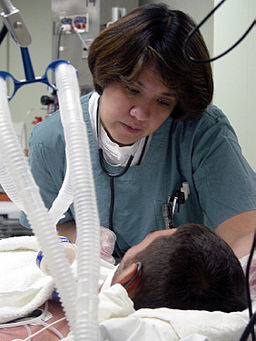Source avec lien : Vanessa M. D’Sa, J. P., Anita Fisher, Noori Akhtar-Danesh and Gladys Peachey. (2018). Potential Dangers of Nursing Overtime in Critical Care. Nursing Leadership, 31(3), 48‑60. https://doi.org/10.12927/cjnl.2018.25677
Bien que la pratique des heures supplémentaires chez les infirmières soit de plus en plus courante, il existe peu de consensus sur les effets de ces heures supplémentaires sur les congés de maladie chez le personnel infirmier. À l’aide de données provenant de 11 unités de soins critiques du sud de l’Ontario, cette étude évalue le lien entre les heures supplémentaires et le temps de soins infirmiers, la mortalité et les incidents d’infection. Les résultats de l’étude ont révélé une augmentation de 3,3 heures de congé de maladie pour chaque tranche de 10 heures supplémentaires travaillées par le personnel infirmier.
Around the world, registered nurses are working increasing amounts of overtime. This is particularly true in critical care environments, which experience unpredictable fluctuations in patient volume and acuity combined with a need for greater numbers of specialized nurses. Although it is commonplace, little consensus exists surrounding the effects of overtime on nursing sick time and patient outcomes. Using data from 11 different critical care units nestled within three major academic health science centres in Southern Ontario, a multilevel-model Poisson regression analysis was used to evaluate the association between nursing overtime and nursing sick time, patient mortality and patient infection incidents. Most significantly, for every 10 hours of nursing overtime worked, study findings revealed an associated 3.3-hour increase in nursing sick time. Because of the potential cost and patient care ramifications, hospitals and nurse managers are encouraged to track collective and individual paid and unpaid hours to impose appropriate limits and ensure accountability. Further qualitative research should be commissioned to explore the underlying reasons for these findings and diversify the settings and, in turn, wider application.

